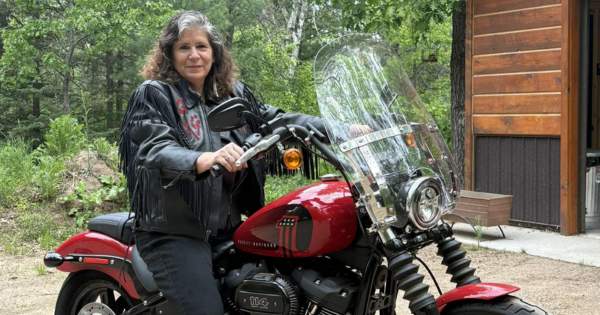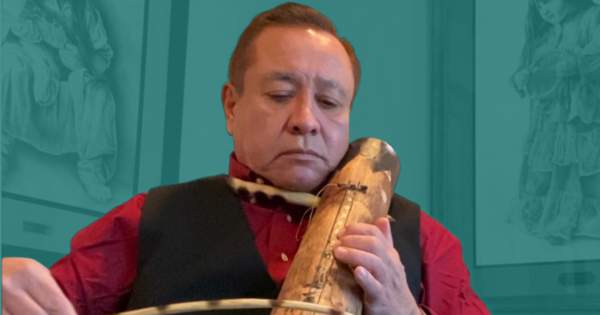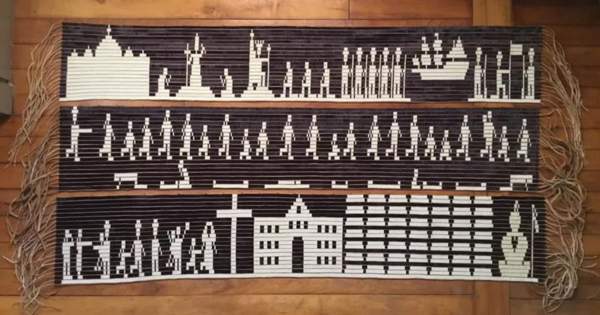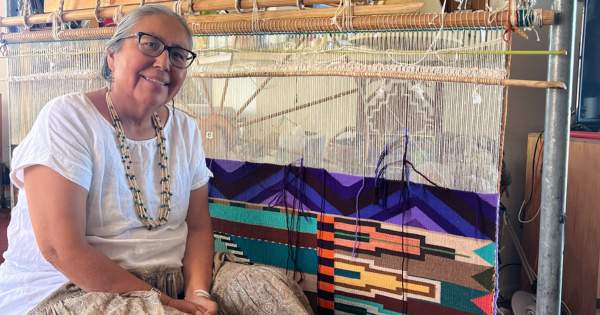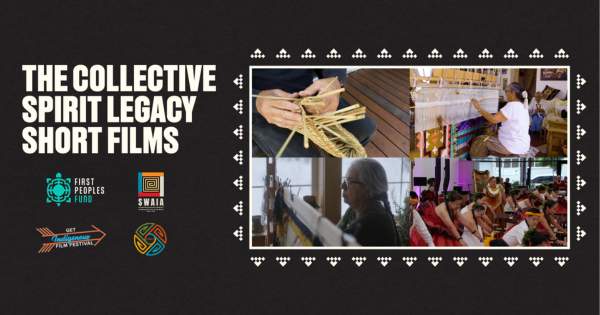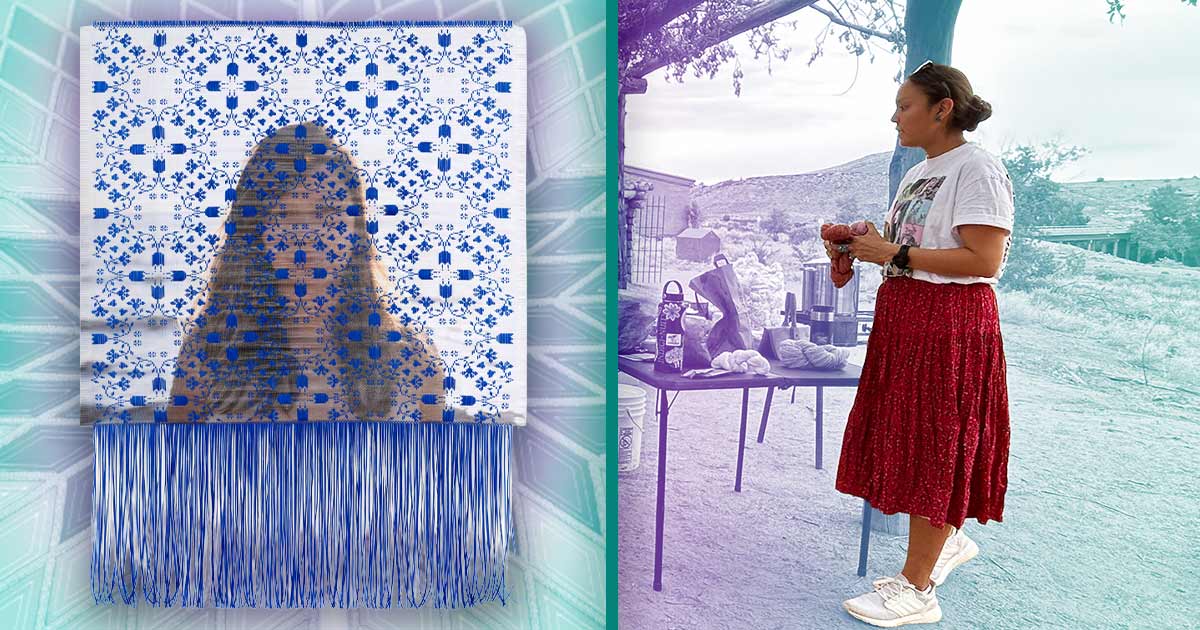
Painting with Glass
Angela Babby (Oglala Lakota) is a kiln-fired glass mosaic artist and a 2021 Artist in Business Leadership fellow
Her work is influenced by her Lakota ancestry and the mysterious nature of glass. Babby’s artworks are glass mosaic tiles and she primarily uses images based on black and white photographs of her ancestors. Babby was initially drawn to glass during college and fascinated with the origins and creation of glass. She would later accept a position at the Bullseye Stained Glass factory in Portland, Oregon where she immersed herself in the manufacture and use of art glass. Babby is featured in the exhibition Clearly Indigenous: Native Visions Reimagined in Glass at the Museum of Indian Arts & Culture in Santa Fe, New Mexico.
***
This interview has been edited for length and clarity
What’s the origin story of your artmaking practice?
I've been painting my whole life. I painted the bathroom with toothpaste at age five. But I avoided being an artist until the bitter end. I tried every college major. I kept visualizing myself in an office or in a lab, but I couldn't get through the classes. And then I got into an art major in college. I loved it, and I got straight A’s. [But] I was always told that [artmaking] was not a viable career.
I [moved] to Seattle and started picture framing for a while. That was not for me. I moved to Portland, Oregon. My absolute favorite stained glass factory was in Portland, so I applied for a job [that] I didn't get. I had no experience whatsoever, except that I used stained glass in my college work. I applied again and got the job and started working [with] stained glass. I had a meteoric rise because I just loved it. Within a year and a half, I was the head of quality control.
From there, I moved to Phoenix and started a decorative painting business. I still didn't think I could be a fine artist. So I worked and worked. I was successful and I was burned out. So I took a pottery class for fun. Somebody in that class said I should get in the [Santa Fe] Indian Market. I applied and got in on my first try. I didn't even really have any art. I walked around and there were relatives and people just like me. We got rained on and my glass collection evolved into a waterproof medium.
That’s when I started pursuing art as a career. It was an accident.
You've been told that art is not a viable career. What advice can you offer that challenges that type of thinking?
[Being] an artist is a permanent condition. You could try not doing it, but it comes back. If you want happiness, commit right now. The old trick is to keep doing it no matter what happens. Any problem is an opportunity to learn. And for me, the whole reason I love art is [because I] never stop learning. There's an array of new things to learn, study, or try. And that's the best career you can have.
What barriers have you faced during the art-making process?
When I first [sold] glass at Santa Fe [Indian Market], [the organizers] didn't know how to classify my work. The artworks I submitted were described as glass mosaics. Then they debated whether [my artworks] were paintings. I took solace in potter Mary Martin (Cochita Pueblo) who, when she first started making pots, she changed the color to black. She fought for the acceptance of black pottery. It takes a long time for people to catch up to new things.
Your artwork is non-traditional. What inspires your pieces?
My art is focused on old photographs. Then it's combined with what I'm thinking today. Like, what's going on around me? What do I care about? What do I need to get off my chest? So I'll take photographs and start drawing. Then I go into the studio and start messing around with glass.
Then I'm just lost. [I] have a conversation with the medium. [I] do what [I] want to do, but then something doesn’t work. Or [I] have another idea because a piece of glass is sitting close by and [I’m] like, “Oh, that would go good in here.” It’s very organic.
But glass, for me, is connecting with the cosmos. I really feel that when any artist is truly in the zone, they’re relaxed and in their element. This truth comes from the cosmos.
When a piece is finished, is it tough for you to let go?
Another thing that happens with this medium is your ideas keep evolving. They keep telling you whether they want more, and you're completely out of control. You have to keep doing it until it's done, even though you want to throw it off the table and start crushing it. You have to hold yourself back sometimes and walk away.
How has your art changed you?
[Art] brought me back to my tribe. My grandfather left the [Pine Ridge] reservation because of the Great Depression, so my family lived all over. But I ended up [participating] in the Red Cloud Art Show, and I made a major piece for a high school. It's my largest piece.
How has the fellowship helped your art?
My mom died and then COVID hit all at once. [I was] trying to figure out what the future could look like. I didn't feel like working on art. But to receive help and encouragement [from First Peoples Fund] is extremely important. [The fellowship] encouraged me to get back to work.
“The fellowship changed my life.”
The next phase of my art career [launched]. I purchased a new kiln to figure out new glass techniques. And having a new kiln allows me to teach people.

